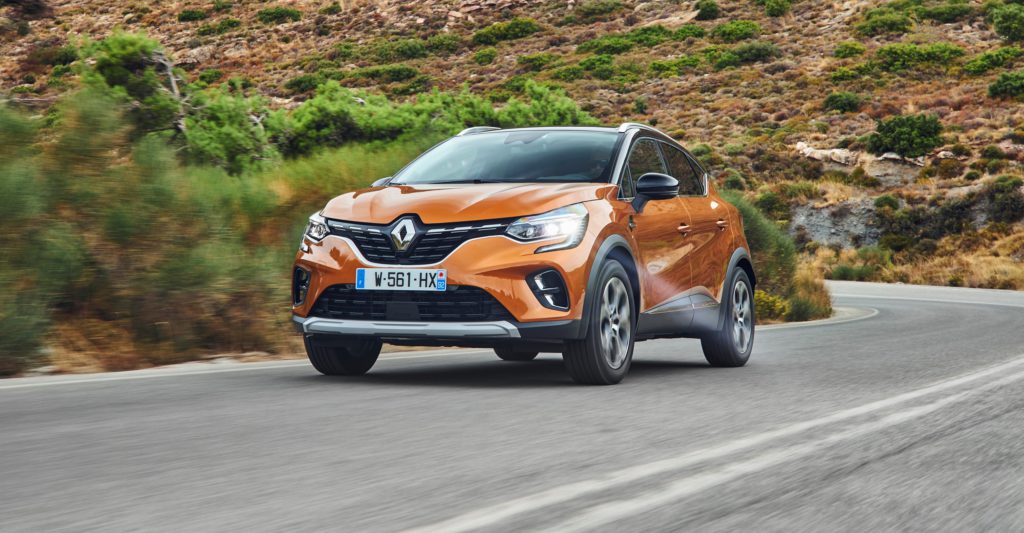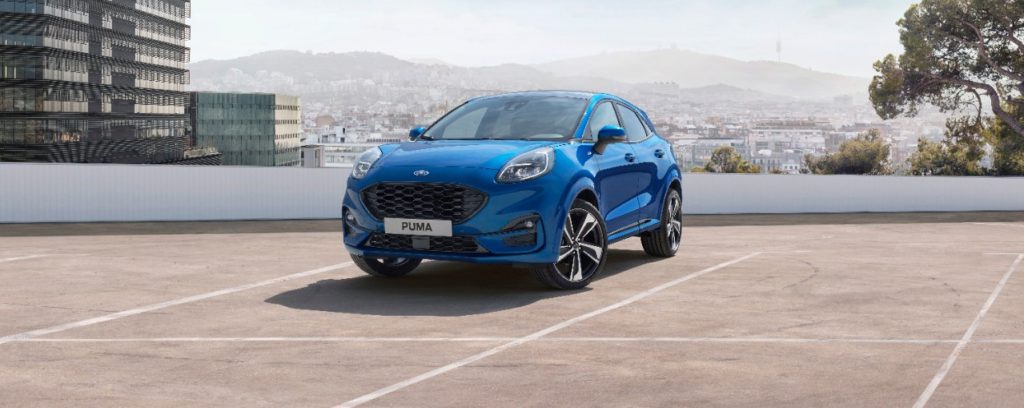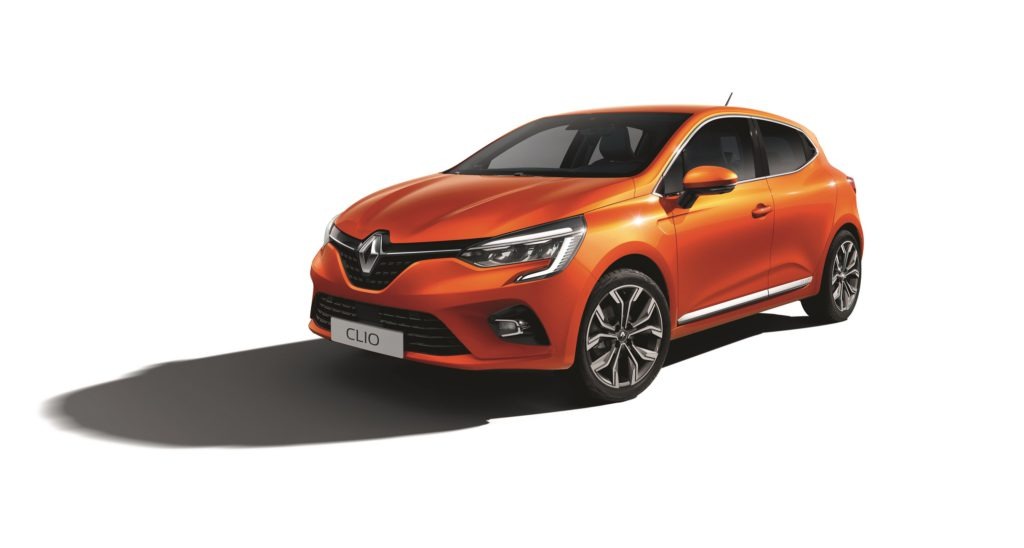Launch Report: Toyota Yaris Cross hybrid shakes up the B-SUV segment
22 October 2021
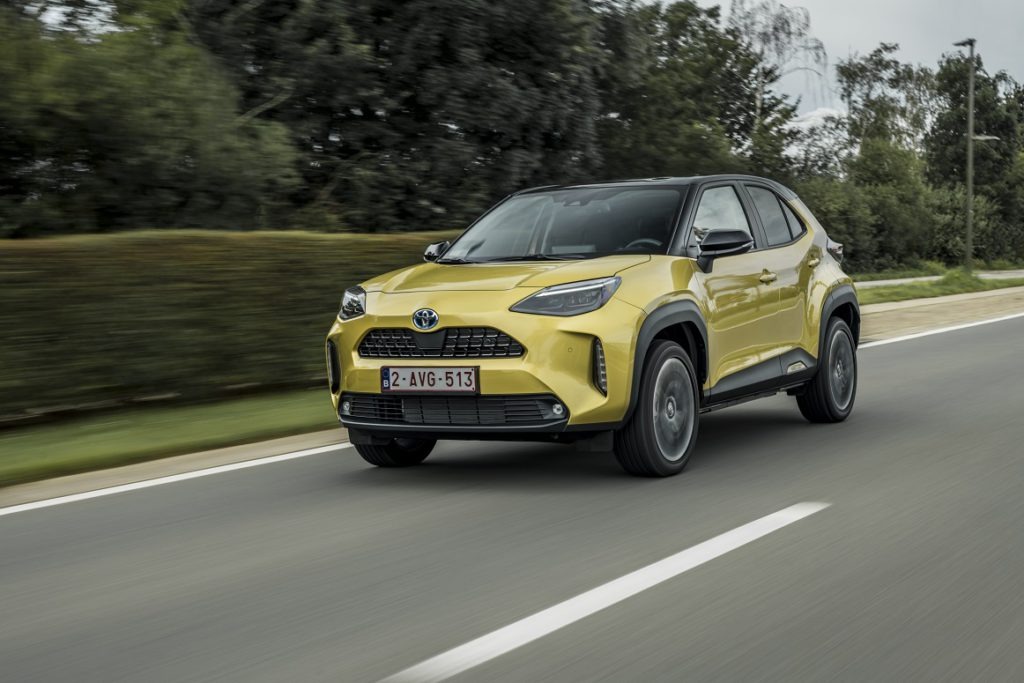
Toyota’s smallest SUV, the new Yaris Cross, boasts a fresh, dynamic and edgy design. Details such as the rear spoiler and the black plastic elements on the rear bumper, side skirts, and wheel arches make it especially distinctive, but could be polarising and may age the model faster than its rivals.
The Yaris Cross is based on the same platform as the Yaris but is taller and has grown by 24cm in length and 7cm in width. This, of course, benefits passengers with much-improved roominess. The 397-litre boot volume is larger than in hybrid competitors such as the Renault Captur and Hyundai Kona, and is second only to the Ford Puma.
The interior offers high-quality materials, intuitive controls, and a comfortable seating position. It also offers practical solutions, including multiple storage compartments, an adjustable boot floor, and a 40-20-40 folding rear bench seat. The whole range is well equipped overall, with automatic climate control and extensive advanced driver-assistance systems (ADAS). Two-tone paint, a head-up display, park-assist and a 360º view camera, not offered on some rivals, are all available on specific trim lines too.
Toyota’s long-standing expertise in hybrid powertrains will stand the Yaris Cross in good stead in the competitive B-SUV segment. The model hosts a powerful electric motor (80hp) compared to hybrid rivals such as the Renault Clio (69hp) and the Kona (44hp). This makes the model fun to drive and keeps emissions and fuel consumption low in the city, where it often runs in pure-electric mode.
Accordingly, CO2 emissions are only 102g/km, which is the lowest among the competition, and the fuel consumption is highly competitive too. Moreover, consumption does not increase significantly on extra-urban routes, and a range of up to 800km is possible, despite the small 36-litre tank.
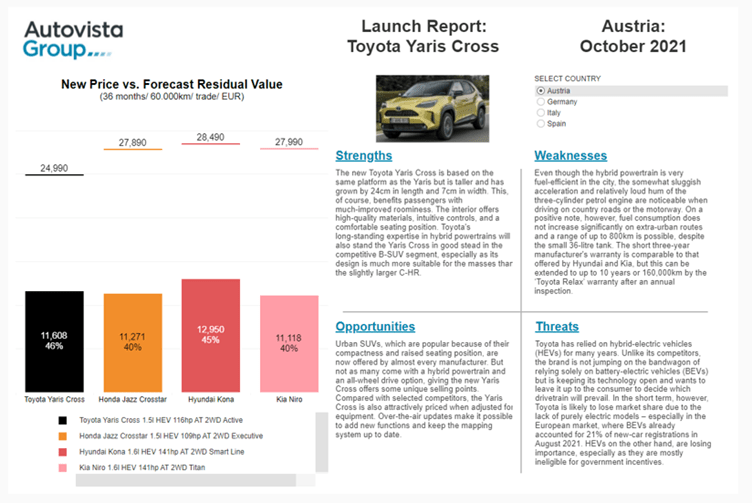
The B-SUV segment is expected to continue growing, and so is the share of hybrid engines. This trend, accompanied by Toyota’s unquestioned expertise in hybrid mobility, is likely to push sales of the Yaris Cross. Competition is fierce, with numerous emotional designs and a wide range of powertrains available, but few are offered with a hybrid powertrain and an all-wheel drive option. This gives the new Toyota some unique selling points, and it is attractively priced when adjusted for equipment.
The short three-year manufacturer’s warranty is comparable to that offered by Hyundai and Kia, but this can be extended to up to 10 years, or 160,000 kilometres, by the ‘Toyota Relax’ warranty if the vehicle is inspected annually by the Toyota network. This is also a great advantage for consumers wishing to buy a used model.
Toyota has relied on hybrid-electric vehicles (HEVs) for many years. Unlike its competitors, the brand is not jumping on the bandwagon of relying solely on battery-electric vehicles (BEVs) but is keeping its technology open and wants to leave it up to the consumer to decide which drivetrain will prevail. In the short term, however, Toyota may lose market share due to the lack of purely electric models, especially as hybrids are increasingly ineligible for government incentives.
View the Autovista Group dashboard, which benchmarks the Toyota Yaris Cross in Austria, Germany, Italy, and Spain for more details. The interactive launch report presents new prices, forecast residual values (RVs) and SWOT (strengths, weaknesses, opportunities, and threats) analysis.
